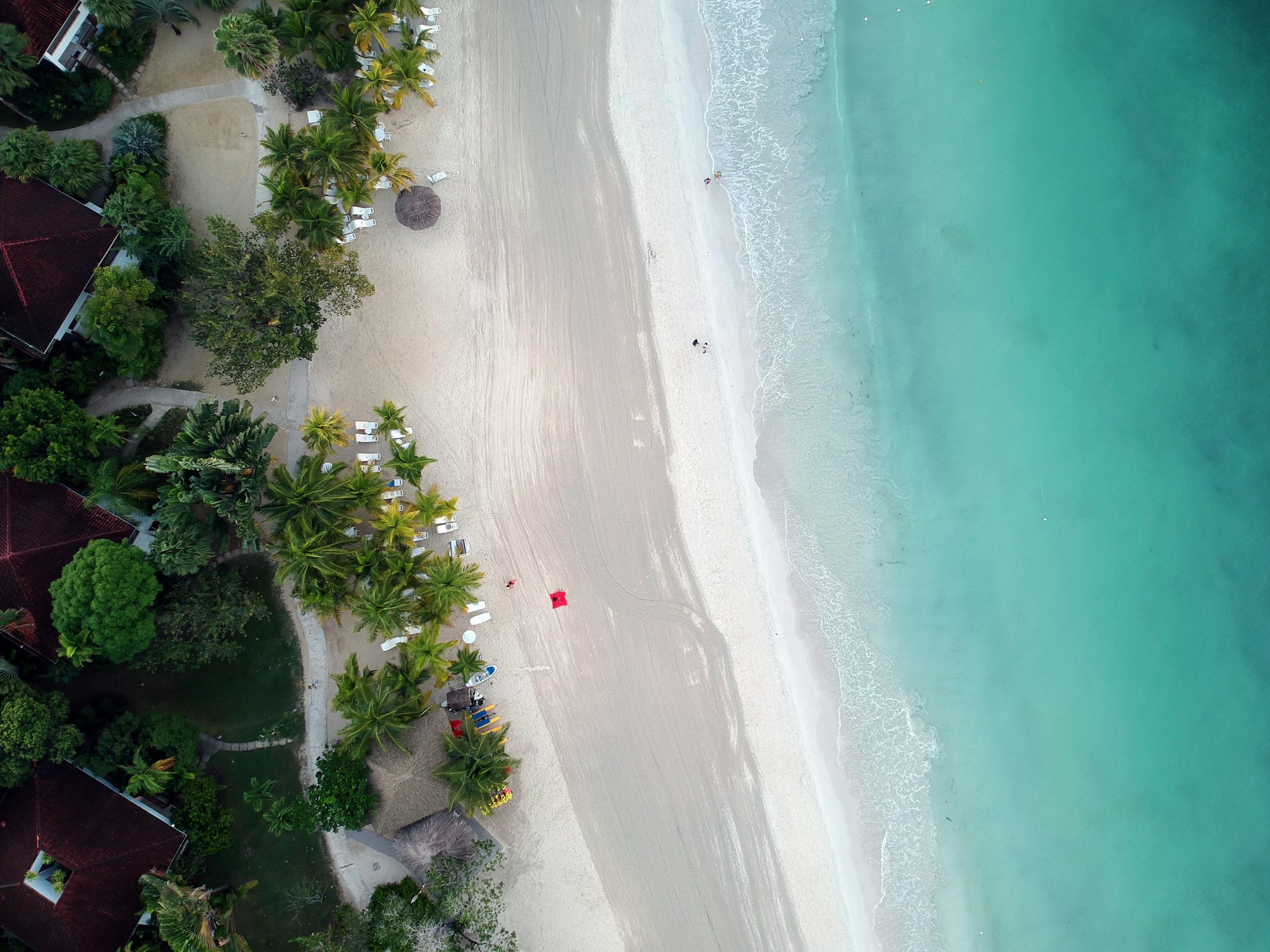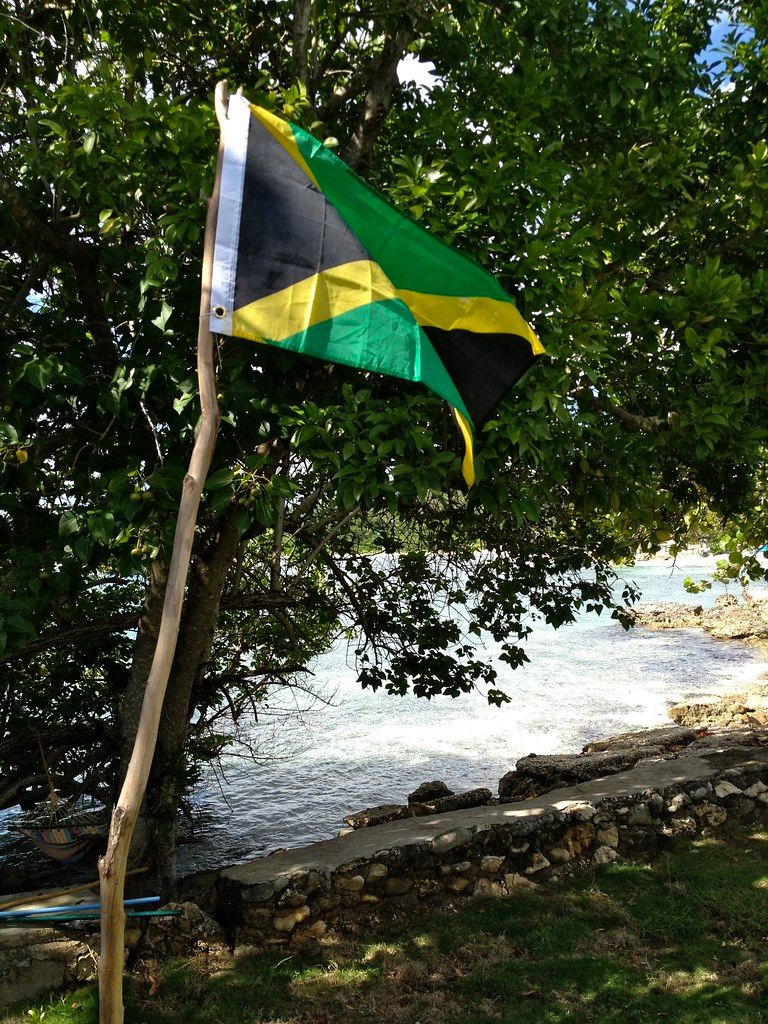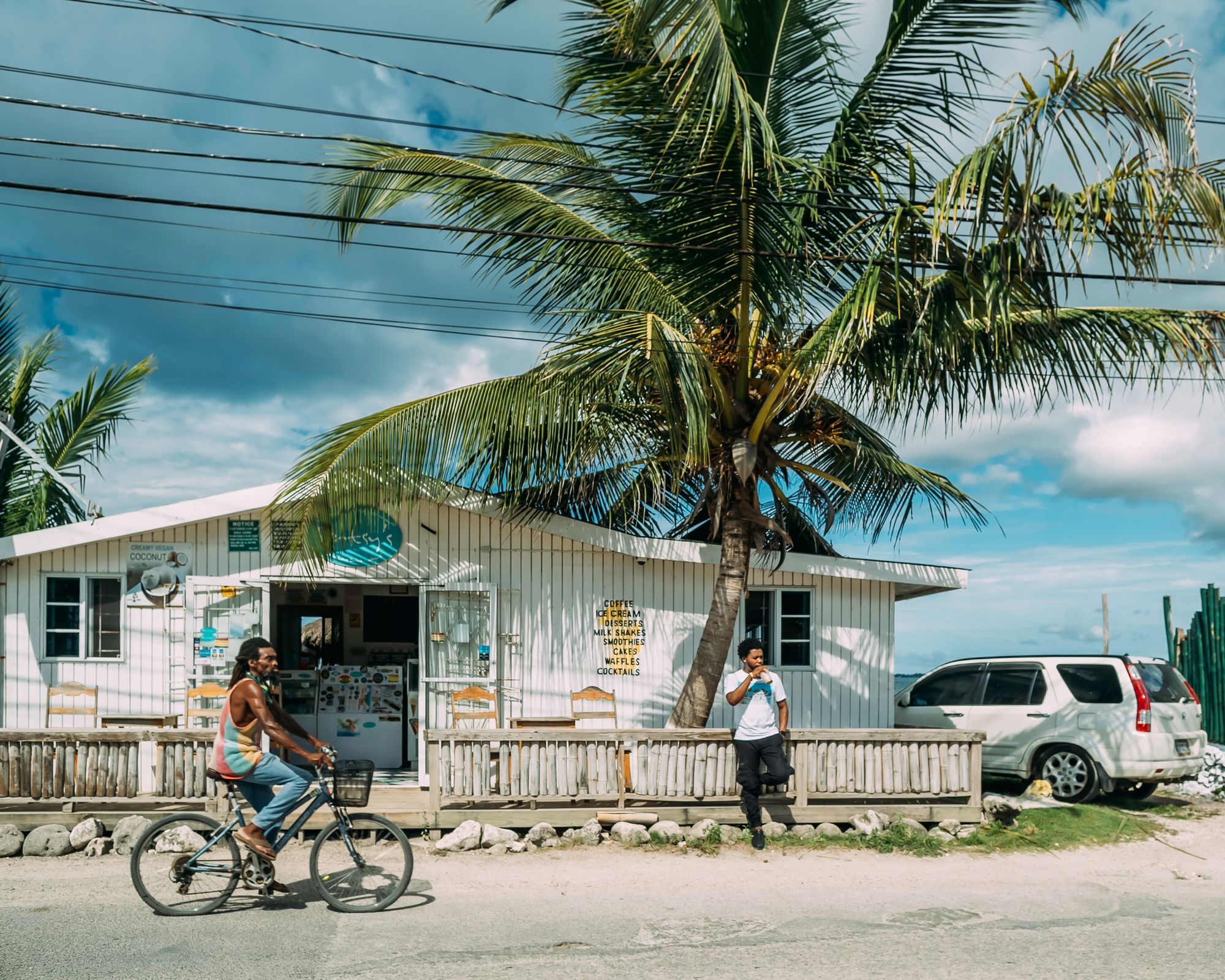View the Country Report for Jamaica in the Oxford Compendium of National Legal Responses to Covid-19
Jamaica is a constitutional monarchy and a parliamentary democracy. Queen Elizabeth II, the UK monarch, is the Head of State and is represented by a Governor General whose role is largely ceremonial. The Constitution of Jamaica is the supreme law and came into force in August 1962, when the island became the first country in the Caribbean to gain independence from the UK. The effective head of the executive branch is the Prime Minister, who, with a Cabinet, have the general control of the Government and are collectively responsible to the Parliament.
Health protection is primarily the responsibility of central government, though some health-related functions are undertaken by 14 local government authorities operating at the parish level, including public cleansing, and managing and maintaining infrastructure and public facilities such as drains and gullies, markets, cemeteries. There are 227 elected councillors serving in the municipalities across the island and the municipalities have the power to make by-laws, regulations and rules for the good governance of the parish.
The public health measures adopted in response to the pandemic have been made primarily by way of orders promulgated by the Prime Minister under section 26 of the Disaster Risk Management Act (DRMA) and policy guidelines from the Ministry of Health and Wellness. Most of these measures were applied on a national scale, with some community or parish-specific measures introduced as necessary. Many measures, especially related to mobility restrictions, became long term ones that were reiterated or revised in successive DRMA orders.
The measures adopted were introduced in three key phases. The first, commencing in January 2020, at the onset of the pandemic, was intended to delay its arrival. These restrictions were primarily travel-related and took the form of directives issued by the Ministry of Health and Wellness. On 13 March 2020, the Prime Minister declared the entire island a disaster area after confirmation of local transmission, marking the beginning of the second phase. The second phase saw the introduction of restrictions intended to limit movement and gatherings. The island’s ports were closed to arriving passengers during this time. The third phase (May 2020 – March 2021) saw notable relaxations in measures with intermittent tightening of restrictions in response to specific public health developments or around most public holidays. During this phase, the Government’s stated aim was to ‘balance lives and livelihoods.’


